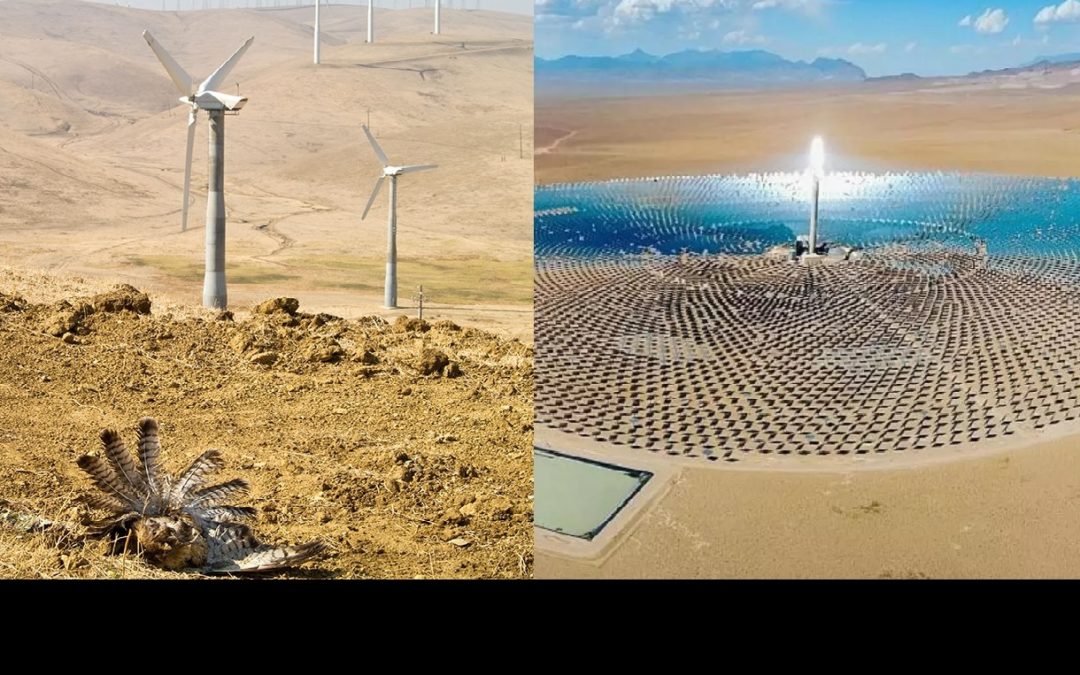The Green War on the REAL Clean Energy
Radical environmentalists fight against the very technologies that would cut carbon emissions.
Editor’s Note: The following article is hardly an endorsement of fossil fuels, but the points made underscore the current lunacy driving state and federal governments to establish energy policies that make environmental problems worse.
City Journal Magazine (August 15, 2022) – Excerpts from the linked article below:
“Green elites want to upend the lives of billions but show surprisingly little interest in whether their programs work. In some parts of the world, the climate lobby has already managed to enact policies that raise prices, hinder growth, and promote political instability—all while achieving only marginal reductions in emissions.”
“The problem starts with the movement’s blanket opposition to fossil fuels. For example, most environmentalists viscerally oppose fracking and natural-gas pipelines. The Biden administration moved to curtail U.S. gas drilling within days of taking office (one reason U.S. gas prices have roughly tripled since Biden became president). But in fact, since natural gas emits nearly 50 percent less carbon dioxide than coal, it is one of our best tools to bring down emissions in the short term, while also benefiting the economy. Alex Trembath, deputy director of the Breakthrough Institute, writes: “The U.S. fracking boom of 2008 onward tempered inflation, created hundreds of thousands of jobs during the worst recession in a century, and, yes, reduced carbon emissions by displacing much dirtier coal-fired power.”
“The zero-carbon energy sources they demand can take a terrible toll on the wildlife and open spaces they love. California’s iconic Altamont Pass wind farm, for example, kills thousands of birds yearly, including an estimated 75 to 110 golden eagles. Solar farms threaten endangered desert tortoises and other wildlife. Because of their low energy density, wind and solar developments require enormous tracts of land, compared with other energy sources. New York’s now-shuttered Indian Point nuclear power plant sits on just 240 acres. Replacing its power entirely with wind power would require more than 500 square miles of turbines. That’s a massive amount of land and habitat lost to energy production.”


